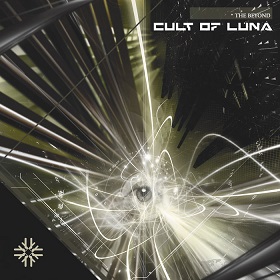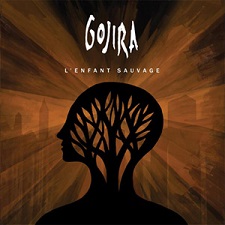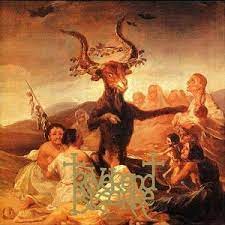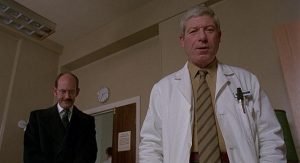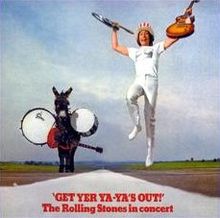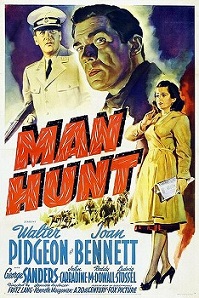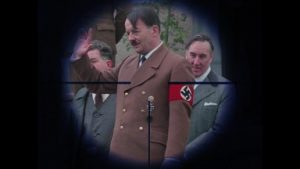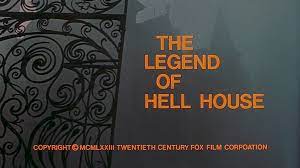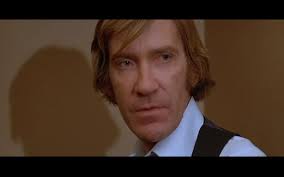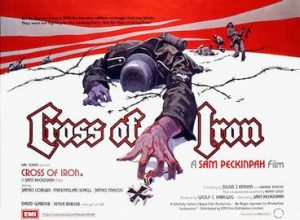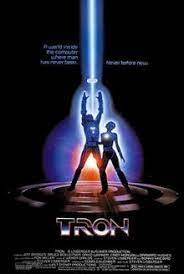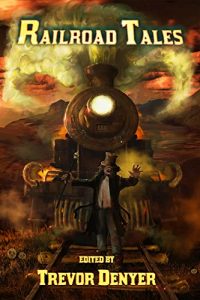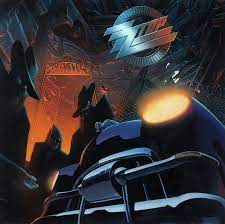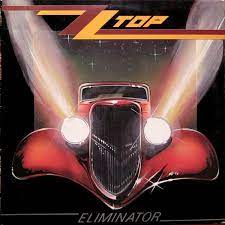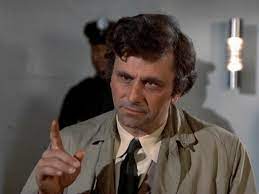
© Universal Television
When I was a kid during the 1970s, British television was awash with imported American detective and police series. My schoolmates and I agreed that the genre had a ‘big five’ – maybe because the title characters of these five shows had gimmicks that impressed them deeply on our young consciousnesses.
There was Kojak (1973-78), whose detective hero was unashamedly bald, which meant anyone coming to school with a new haircut would be nicknamed ‘Kojak’ for days afterwards; Ironside (1967-75), whose hero was confined to a wheelchair; Cannon (1971-76), whose hero was fat – cue more cruel nicknames at school for kids slightly on the stout side; McCloud (1970-77), whose hero was a cowboy; and Columbo (1971-78), whose hero, essayed by Peter Falk, sported a grubby raincoat, unkempt head of hair and smelly-looking cigar and generally looked a bit manky. Such was Columbo’s level of scruffiness that, whilst carrying out investigations in a soup kitchen in the 1974 episode Negative Reaction, a nun working there (Joyce Van Patten) mistook him for one of its homeless patrons.
In the half-century since, I’ve seen episodes of those shows repeated on TV, often on obscure satellite channels, and I have to say most of them have fallen victim to what is known in contemporary slang as the ‘suck fairy’. This is neatly defined on fanlore.org as a “mythical creature who comes to old favourite books, art, TV shows or other media that one has not revisited in years, takes away everything in them that one loved, and refills them instead with suck.”
The shows seem formulaic, unmemorable, even dreary now, indistinguishable from a million other pieces of conveyor-belt-produced 1970s American TV. Was this really the stuff that inspired us as ten-year-old kids to strut around the playground speaking in wavery drawls, like Dennis Weaver’s Deputy Marshall Sam McCloud, applying his cowboy law-enforcement techniques to the bad guys of New York (where he was on seemingly never-ending loan to the NYPD from the police department of Taos, New Mexico)? Or inspired us to puff out our bellies and lurch / amble across the playground in imitation of William Conrad’s Private Detective Frank Cannon chasing the villains? (Cannon, despite his obvious lack of athleticism, was able to not only run after those villains but also, somehow, catch them.)
However, there are two exceptions to the suck fairy rule. One is the earlier episodes of Kojak, which capture something of 1970s New York’s sleazier side. The other is Columbo, which although the episodes vary in quality, is frequently brilliant. Today is September 15th, 2021, exactly 50 years to the day since Columbo debuted on American TV – not as a show with a weekly slot, but as ‘rotating episodes’ in the NDB Mystery Movie series, where it alternated with McCloud and McMillan & Wife (1971-77). Incidentally, surely even Quentin Tarantino has difficulty remembering McMillan & Wife these days.
To mark the occasion, and because I’m currently living in the capital city of Sri Lanka, here are some thoughts on Columbo – from Colombo.
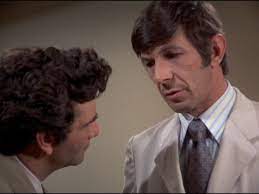
© Universal Television
Actually, there’s little I can say about Columbo that hasn’t already been said in this feature by Shaun Curran, which recently appeared in the BBC website’s ‘Culture’ section. I’d take issue with one of the feature’s comments, though, that the ‘concept of class warfare wasn’t central to the creators’ thinking’.
Well, class warfare may not have been on the radar of William Link and Richard Levinson, the writing-producing duo who invented the character. But I’m pretty damn sure it was at the forefront of most viewers’ minds while, episode after episode, they watched Columbo, the most humbly blue-collar of detectives, use his softly-spoken but bloody-minded persistence to wear down a succession of rich, arrogant, entitled sophisticates who, convinced of their own brilliance, believe they’ve just committed the perfect murder. I’m certain those viewers cheered when, at the end of each episode, Columbo comprehensively outsmarted those bigshots and nabbed them for their misdeeds.
The show’s atypical structure saw each episode begin with some stinkingly rich, stinkingly amoral character – an art dealer, a bestselling novelist, a company CEO – commit a murder in some ingenious fashion. Immediately, we’d be plonked into that person’s affluent world: mansions, penthouses, country retreats, exclusive clubs, golf courses, fancy cars, swimming pools, yes-men, servants, hangers-on. Columbo wouldn’t appear until after 20 minutes or so, when the police are called. You can imagine the murderer’s mental cry of delight when they realise that this bumbling, zero-class klutz is handling the investigation.
Ah, but the viewers know better. Columbo is on the case and the disgustingly wealthy git is going to suffer.
His apparent obsequiousness (“The wife thinks you’re terrific!”) gives way to a gradual but relentless process of psychological torture as some teensy-weensy inconsistency (“Just one more thing… One thing that’s bothering me…”) arouses the wily detective’s suspicions and he starts tightening the screws on his quarry. No wonder that when the climax of each episode arrives and Columbo reveals all – usually by setting some final trap in which the culprit irrefutably incriminates him or herself – arrest is usually accepted with a minimum of fuss. The bigshot murderer has been thoroughly ground down by this disheveled, raincoated dispenser of justice. Prison will seem a blessed relief after what they’ve just been through.
Colombo, with his rubbish clothes, hair and car (an elderly Peugeot 403), his clumsiness, his dozy dog and his bossy wife who, despite never making an appearance, lurks as a formidable presence in the background, might be an everyman figure. But he also helps rectify the injustices in the American Dream that allow such unprincipled scum to rise to the top while the decent folk get stuck at the bottom. As Joyce Van Patten’s nun remarks in Negative Reaction, “A man’s worth is not judged by the size of his purse.” Really, each episode of Colombo ought to be watched with L’Internationale playing softly in the background.
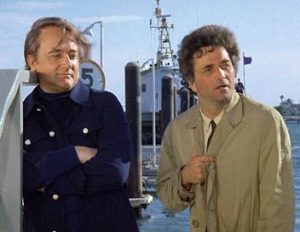
© Universal Television
So, which are my favourite Columbo episodes? Well, there’s 1973’s A Stitch in Crime, which is fascinating because Columbo is pitted against Mr. Spock himself, Leonard Nimoy, who plays an ambitious heart surgeon using his medical know-how to bump off a colleague so he can take control of a research project. Ironically, this episode has less logic and more emotion on display than usual. We get a rare glimpse of Columbo losing his cool. When Nimoy laughs at him condescendingly, he smashes a water pitcher onto the former Vulcan’s desk and spits: “I believe you killed Sharon Martin… and I believe you’re trying to kill Dr Heideman!”
Then there’s Double Shock, also from 1973, in which smug – okay, all Columbo villains are smug – identical twins, played by Martin Landau, conspire to kill their wealthy uncle by electrocuting him while he’s having a bath. What makes this episode a joy is the horror shown by the victim’s prim, cleanliness-obsessed housekeeper (played by Jeanette Nolan) while Columbo trudges about her pristine household with his dirty shoes and crumbling cigar. You get the impression she’d rather have her employer’s murder go unsolved than have this apparent oaf tramp over her expensive carpets. “You belong in some pigsty!” she shouts at him, patience finally snapping.
The shiny-pated, bug-eyed Donald Pleasence was everywhere in 1970s films and television, so it was inevitable that he’d turn up in Columbo. In the episode Any Old Port in a Storm, yet another one from 1973, he plays a fanatical wine connoisseur who at one point rages at a waiter: “This wine has been oxidized by overheating…! An exciting meal has been spoiled by the presence of this liquid filth!” However, unusually, Pleasence’s character is sympathetic overall. Indeed, he only murders his dastardly half-brother when that half-brother threatens his beloved winery. And, unlike most of Columbo’s adversaries, he’s sporting in defeat. When he realises the game is up, he even shares a final glass of wine with the detective.
1974’s Swan Song has Colombo investigating a plane crash that’s resulted in the deaths of two women. One is the wife and the other is the backing singer of country-and-western star Tommy Brown, who was piloting the plane and miraculously got thrown clear during the impact and suffered only minor injuries. But the truth is less miraculous. Brown had got himself into a compromising situation with the background singer when she was way too young for such things, and his wife (played by the marvellous Ida Lupino) was blackmailing him into donating large sums to a religious project she championed. To rid himself of these two sources of torment, he drugged them when they were on the plane, bailed out with a parachute, and turned up at the crash scene to make it look like he was on board when it went down, but survived. I find this episode’s script far-fetched, but as Brown is played by Johnny Cash, and it’s basically Columbo versus the Man in Black, it makes my pick of favourites.
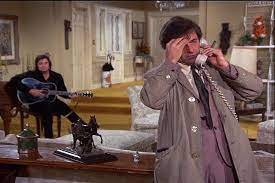
© Universal Television
However, my all-time favourite Columbo episode is Troubled Waters, a 1975 episode that has Columbo and the missus taking a break on a 1970s cruise ship, an experience that I have to say looks like hell on earth. Columbo is asked to help after rich slimeball passenger Robert Vaughn murders the ship’s lounge singer and tries to pin the blame on a pianist (played by Dean Stockwell). What makes this episode a pleasure is not only that Columbo is up against Vaughn, The Man from UNCLE (1964-68), but also that he’s allied with John Steed from The Avengers (1961-69), for playing the perplexed ship’s captain is none other than the splendid Patrick Macnee. While Columbo drives Macnee and his crew to distraction by insisting on calling their beloved ship a ‘boat’, we get tantalising suggestions that we’re going to see Mrs. Columbo at last – though inevitably, Columbo, and the viewers, keep ‘just missing’ her. (When the purser informs Columbo that the captain would like to see him, he asks worriedly, “It’s not about my wife, is it? I mean… she likes to have a good time, sometimes she gets carried away…”)
Columbo was revived in 1989 and carried on with another two dozen episodes and specials until 2003, eight years before Peter Falk’s death. These later Columbo-es weren’t as good as the ones from the 1970s, although it was always a pleasure to see the character on screen, still socking it to the high and mighty.
With Falk gone, there’s been talk of remaking the show, the most promising talk proposing Mark Ruffalo as the actor who’d take over the raincoat. Now, while Columbo obviously wouldn’t be the same without Falk, I’d still welcome a modern-day version of the show that has the rumpled detective shuffling into luxury 2021 penthouses with his shabby raincoat and malodorous cigar, first inviting derision from, then causing irritation to, and finally striking terror into the likes of the Trumps, the Kardashians, the Kochs, the Murdochs, the Musks and so on. I’d welcome the sight of him annoying villainous investment bankers, hedge fund managers, real estate tycoons, arms dealers, celebrity reality-TV stars and pampered YouTube influencers into submission, before collaring them and sticking them behind bars.
Yes, today, when a quarter of the world’s wealth now resides in the pockets of some 175,000 billionaires and multi-millionaires, and much of it didn’t get into those pockets through honest means, we need Detective Lieutenant Columbo more than ever.
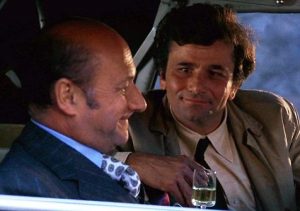
© Universal Television


